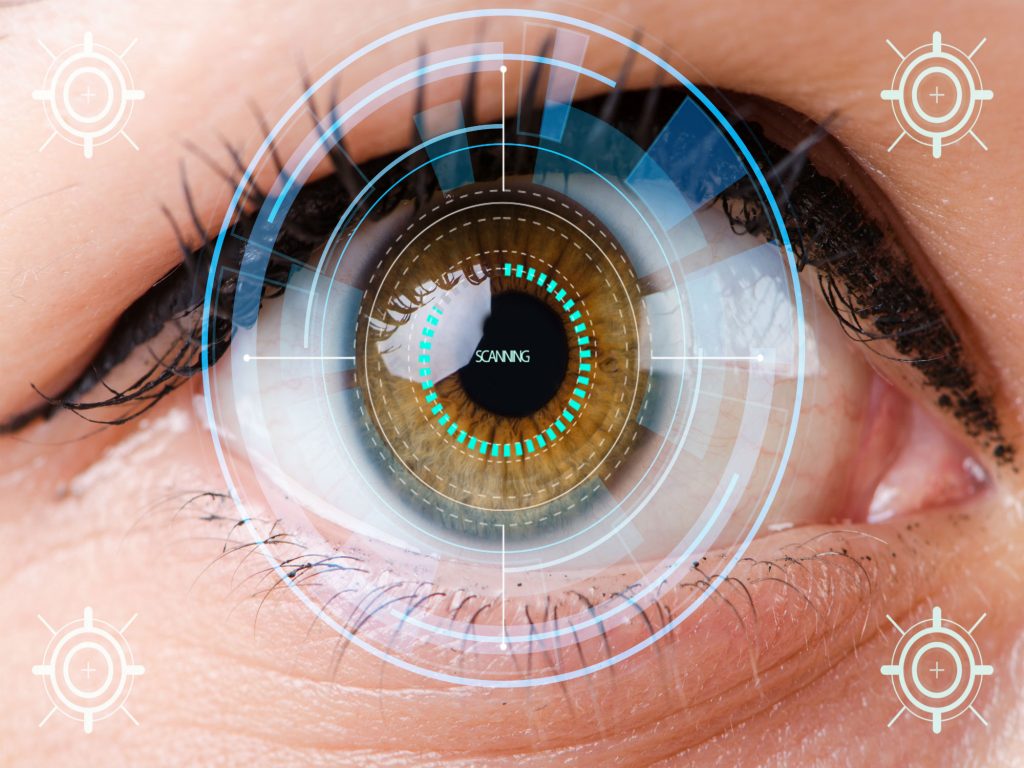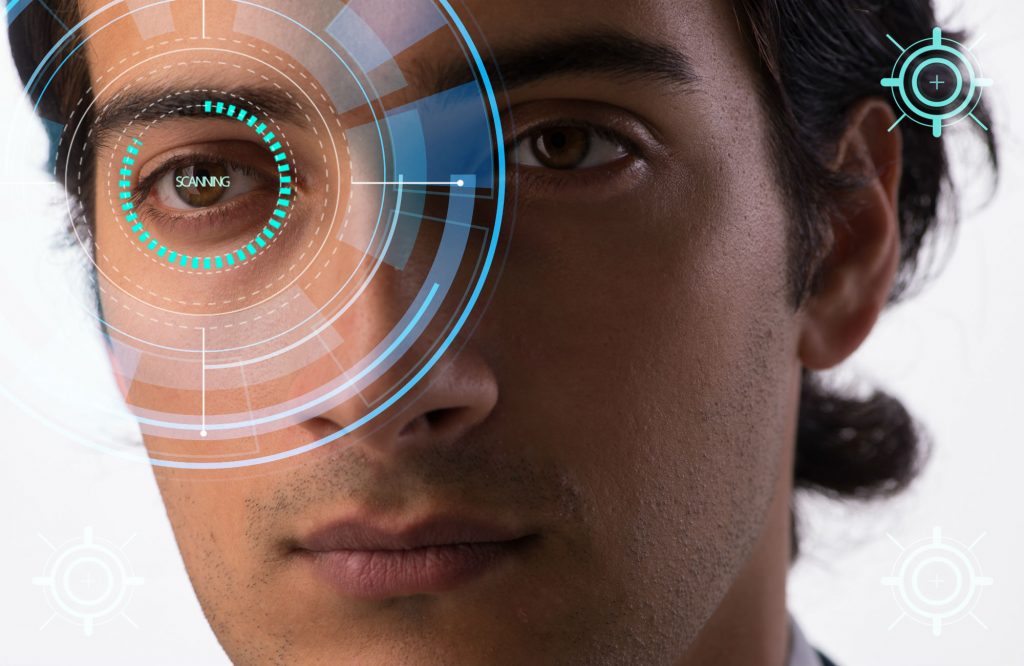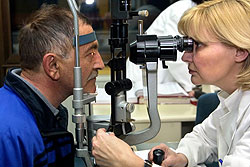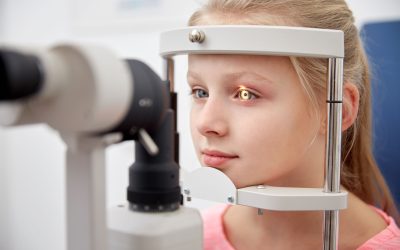Intraocular implants are used to replace the lens in your eye. Eye implant surgery is necessary for those who need their intraocular lens restored. This lens is made of a clear protein film that rests behind the pupil, which is the black part of your eye. This lens focuses light from the environment into your retina, which sends visual information to the brain.
Those who need eye implant surgery typically suffer from a disease of the eye. Diseases such as cataracts may cause blindness, necessitating intraocular implants to improve vision. An ophthalmologist, a doctor who specializes in eye issues, performs eye implant surgeries.
The lenses in our eyes may be damaged from excess sunlight. Intraocular implants are also made of a special material that protects our eyes from ultraviolent (UV) rays emitted from the sun.

Types of eye implants
There are a variety of eye implants used to improve vision. A monofocal is the most common type of intraocular implant. This implant typically is stabilized and allows you to see everything in a fixed-focus manner. You may need eyeglasses for seeing up close.
Conversely, a multifocal implant allows you to see at a variety of distances. It is not fixed on one distance and takes a few months for your eyes to adapt to the lens. Similarly, accommodating implants allow you to see at multiple distances and makes it less likely that you’ll need glasses.
Finally, a toric intraocular implant is unlike any other implant. It is an oval, rather than round, shape and is made specially for those who suffer with astigmatism. A doctor who specializes in eye issues can assist you in choosing the correct implant for your unique needs.

Who needs intraocular implants?
Usually, those who develop cataracts are good candidates for intraocular implants. A cataract is when the lens of the eye becomes discolored and foggy. With a hazy lens, it is difficult for our brains to interpret what is in our environment and process the visual signal accurately. Cataracts most commonly cause sight difficulty and double vision.
Cataracts develop due to a variety of reasons, including aging, diabetes, a history of eye injuries, or excess exposure to sunlight. In rare instances, cataracts can be hereditary and develop in infants and young children.
Intraocular implants replace the lens that is removed during cataract surgery. When replaced, patients report being able to see better than they did before. They can continue living their lives more adaptively due to being able to see accurately.
It is advisable to seek out consultation from an ophthalmologist to identify the best intraocular implant for you based on your medical history and presenting issues.


